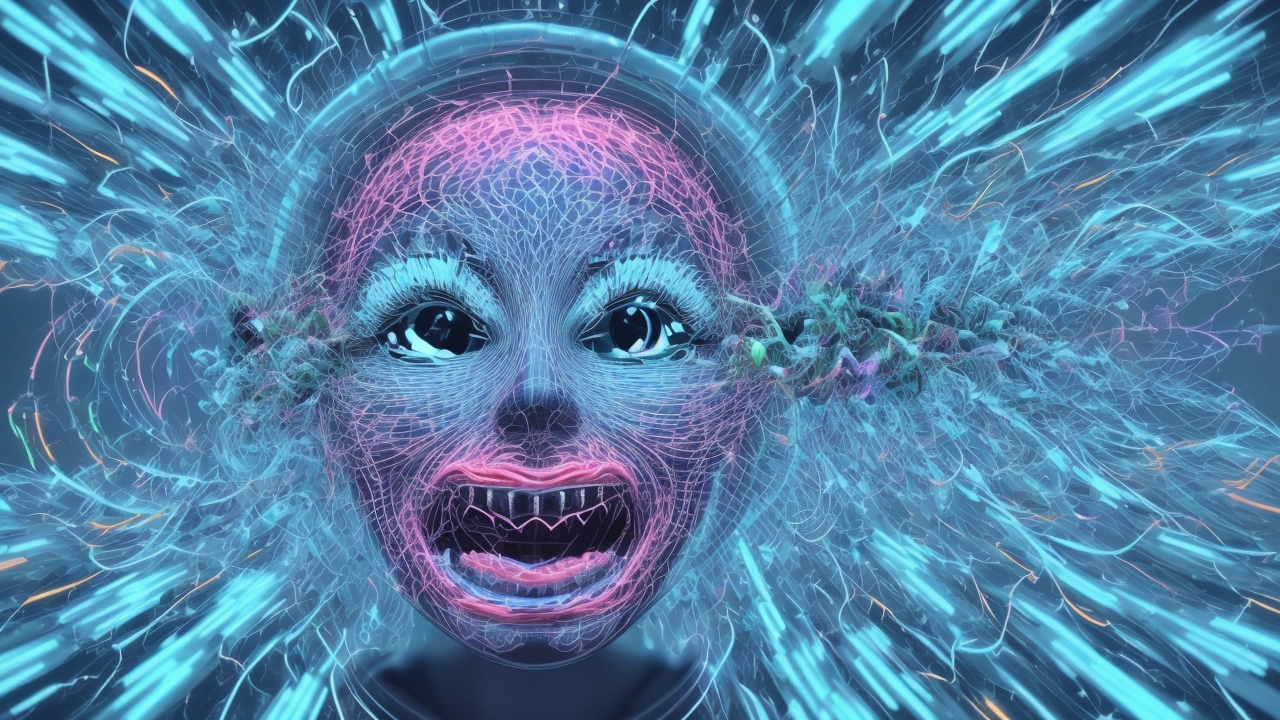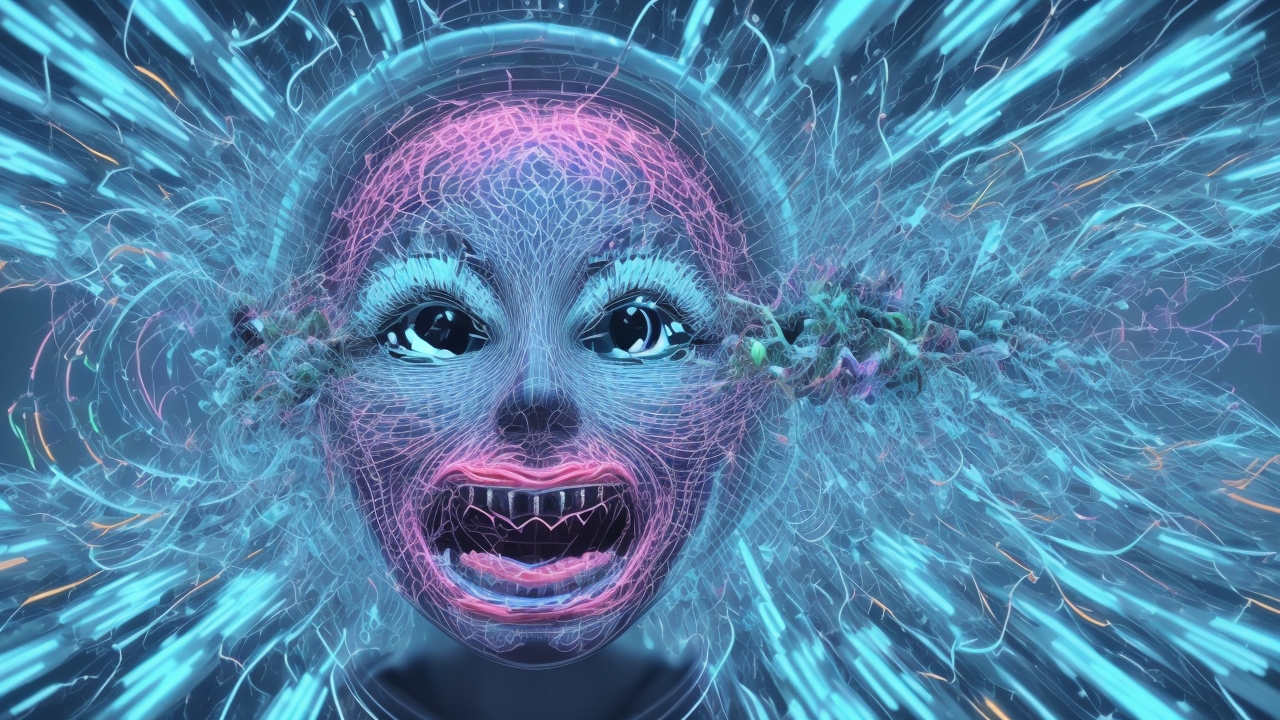What is lip sync explained
De blog onderzoekt de rol en evolutie van lip synchronisatie in moderne media. Lip sync, het nauwkeurig afstemmen van hoorbare spraak op mondbewegingen, is cruciaal voor films, animaties, en diverse digitale formats. De blog behandelt de technische aspecten, zoals hoe geavanceerde software en algoritmes de productie vergemakkelijken en uitdagingen zoals het behoud van natuurlijke bewegingen en taalverschillen. Tevens behandelt het de toepassingen in entertainment en belicht het hoe technologie content toegankelijk maakt voor internationale kijkers via nauwkeurige nasynchronisatie. Belangrijke vragen over de toekomst van lip sync, met name de integratie van AI en machine learning, worden besproken. Of je nu Engels naar Chinees wilt vertalen of internationale content wilt lokaliseren, begrijpen hoe lip sync correct wordt toegepast is onmisbaar.
Understanding Lip Synchronization in Modern Media
Table of Contents
- What is Lip Sync
- Technical Aspects
- Applications in Entertainment
- Common Challenges
- Future of Lip Sync Technology
- People Ask About Lip Sync
What is Lip Sync
Lip synchronization, commonly known as lip sync, represents the precise alignment between audio speech and visible mouth movements. This fundamental technique plays an essential role in various media formats, from traditional filmmaking to modern digital content creation.
Basic Principles
The core concept involves matching spoken words with corresponding facial movements, creating a natural and believable viewing experience. This process requires attention to phonemes – the smallest units of sound in speech – and their visual counterparts in mouth positions.
Historical Development
Starting from early cinema dubbing to modern AI-driven solutions, lip sync techniques have evolved significantly. Early methods relied on manual synchronization, while contemporary approaches utilize advanced technology.
Technical Aspects
Modern lip sync involves sophisticated software and algorithms. These tools analyze audio tracks and generate corresponding mouth movements automatically.
Digital Tools and Software
Current technology employs machine learning algorithms to process audio and create realistic mouth animations. This advancement has streamlined the production process significantly.
Automation vs Manual Control
While automation offers efficiency, manual fine-tuning remains crucial for achieving perfect synchronization, especially in professional productions.
Applications in Entertainment
Lip sync technology finds extensive application across various entertainment sectors:
- Film and television dubbing
- Animation and video games
- Virtual reality experiences
- Live performance technology
Impact on Global Content
The technology enables content to reach international audiences through accurate dubbing and localization, maintaining the original performance’s integrity.
Common Challenges
Professionals often encounter several technical and artistic challenges:
- Maintaining natural movement patterns
- Dealing with different languages and speech patterns
- Technical limitations in real-time applications
Solutions and Best Practices
Success in lip sync requires combining technical expertise with artistic judgment, ensuring both accuracy and natural appearance.
Future of Lip Sync Technology
Emerging technologies continue to transform lip sync capabilities:
AI and Machine Learning
Artificial intelligence is revolutionizing lip sync through improved automation and real-time processing capabilities.
Virtual Production
Integration with virtual production technologies creates new possibilities for live performance and remote collaboration.
People Ask About Lip Sync
What makes good lip sync different from bad lip sync?
Quality lip sync creates a seamless connection between audio and visual elements, while poor synchronization shows noticeable delays or mismatched movements that break viewer immersion.
How long does professional lip sync typically take?
The duration varies significantly based on project complexity. Simple scenes might take hours, while complex sequences could require days or weeks for perfect alignment.
Can lip sync be automated completely?
While AI tools offer impressive automation, human oversight remains important for achieving natural-looking results, especially in professional productions requiring nuanced emotional expression.


